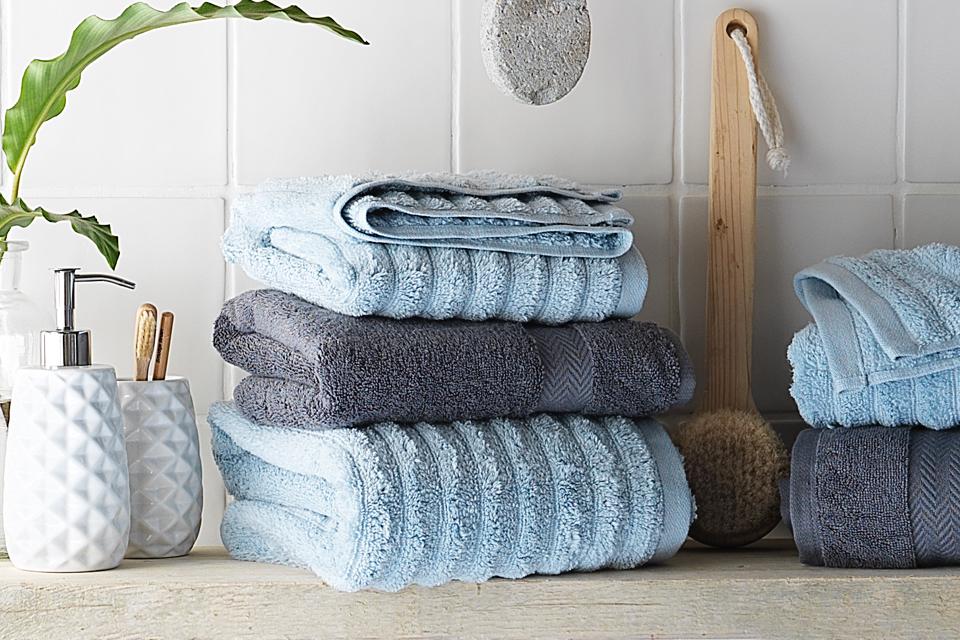Choosing the Perfect Handloom Towel: A Buyer's Guide
Introduction:
Handloom towels are not just functional items; they are a reflection of craftsmanship, culture, and personal style. With an array of options available in the market, choosing the perfect handloom towel can be a daunting task. This comprehensive guide aims to simplify the process by highlighting key factors to consider when making your purchase.
Understanding Handloom Towels:
- Define handloom towels and their significance in the textile industry.
- Explore the traditional techniques involved in handloom towel production.
- Highlight the unique characteristics of handloom towels compared to machine-made alternatives.
Material Matters:
- Discuss the importance of material selection in handloom towels (e.g., cotton, linen, bamboo).
- Compare the characteristics of different materials in terms of absorbency, durability, and eco-friendliness.
- Provide insights into how material choice can impact the overall quality and feel of the towel.
Weave Patterns and Designs:
- Explore popular weave patterns used in handloom towel production (e.g., plain weave, twill weave, waffle weave).
- Discuss how weave patterns influence the texture, thickness, and absorbency of the towel.
- Highlight trending design elements and patterns in handloom towels, such as stripes, checks, and motifs.
Size and Weight Considerations:
- Explain the importance of choosing the right size and weight of the towel based on personal preferences and usage.
- Provide guidance on selecting appropriate sizes for hand towels, bath towels, and beach towels.
- Discuss how the weight of the towel affects its absorbency and drying time.
Color and Dyeing Techniques:
- Discuss the significance of color selection in handloom towels and its impact on aesthetic appeal and decor.
- Explore traditional and modern dyeing techniques used in handloom towel production (e.g., natural dyes, yarn-dyeing, reactive dyes).
- Provide tips for maintaining colorfastness and preserving vibrant colors over time.
Sustainability and Ethics:
- Highlight the importance of supporting sustainable and ethical practices in handloom towel production.
- Discuss certifications and standards to look for when choosing eco-friendly handloom towels (e.g., GOTS certification, Fair Trade).
- Provide insights into how purchasing handloom towels can contribute to supporting local artisans and preserving traditional crafts.
Care and Maintenance:
- Offer practical tips for proper care and maintenance of handloom towels to prolong their lifespan.
- Discuss washing and drying techniques, including temperature settings and detergent selection.
- Provide guidance on how to avoid common issues such as shrinkage, pilling, and color fading.
.







Handloom towels are crafted using traditional weaving techniques by skilled artisans, resulting in unique textures and patterns that cannot be replicated by machines. They often exhibit superior quality, durability, and a personal touch compared to mass-produced machine-made towels
- Consider the intended use of the towel. Hand towels are typically smaller and ideal for drying hands, while bath towels are larger and suitable for drying the body after bathing. Beach towels are even larger and designed for outdoor use. Choose a size that fits your specific requirements and preferences.
- Handloom towels are known for their excellent absorbency due to the use of natural fibers like cotton and linen, as well as the unique weaving techniques employed. The absorbency of a handloom towel depends on factors such as the type of fiber, weave pattern, and thickness of the towel.
- Machine wash handloom towels with mild detergent in cold or lukewarm water to preserve their colors and texture. Avoid using bleach or fabric softeners, as they can damage the fibers. Tumble dry on low heat or air dry to maintain the towel’s integrity and prolong its lifespan. Avoid over-drying to prevent shrinkage.
- Look for certifications such as GOTS (Global Organic Textile Standard) and Fair Trade, which ensure that the towels are produced using sustainable and ethical practices. Additionally, research the brand’s commitment to sustainability, transparency in the supply chain, and support for local artisans to make an informed decision.
